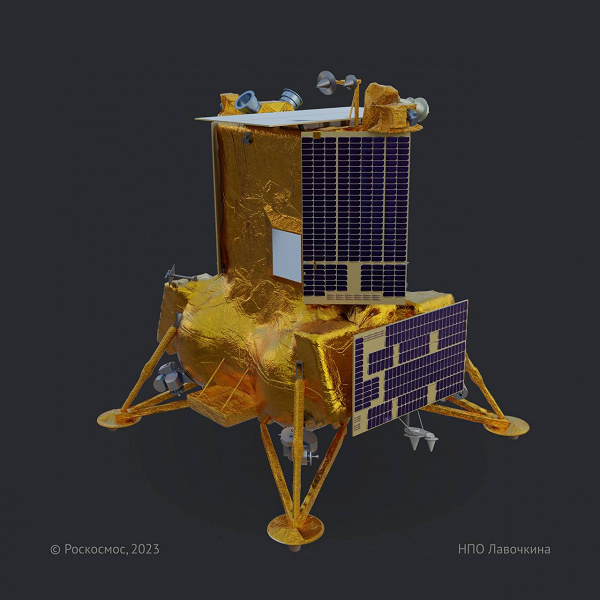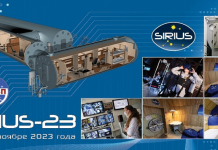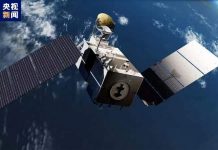Roscosmos has published preliminary results of the probe crash investigation
Roscosmos promised to figure out the cause of the crash of the Luna-25 automatic probe by the end of September. Today the state corporation published the preliminary results of the investigation. They say that Luna-25 crashed into the Earth’s natural satellite due to a malfunction in the BIUS-L angular velocity measurement unit.

Roscosmos named the main reason for the crash of Luna-25.
It turns out that too many commands came to the device, and BIUS-L was unable to select the highest priority ones. “ In this regard, zero signals from the accelerometers of the BIUS-L device arrived at the onboard control complex,” Roscosmos said.
The lack of data from the accelerometer “ did not allow, when issuing a correction pulse, to record the moment the required speed was reached and to timely shut down the propulsion system of the spacecraft .” The Luna-25 engine operated for 127 seconds instead of the planned 84, the station switched to an undesigned open orbit and collided with the surface of the Moon.



